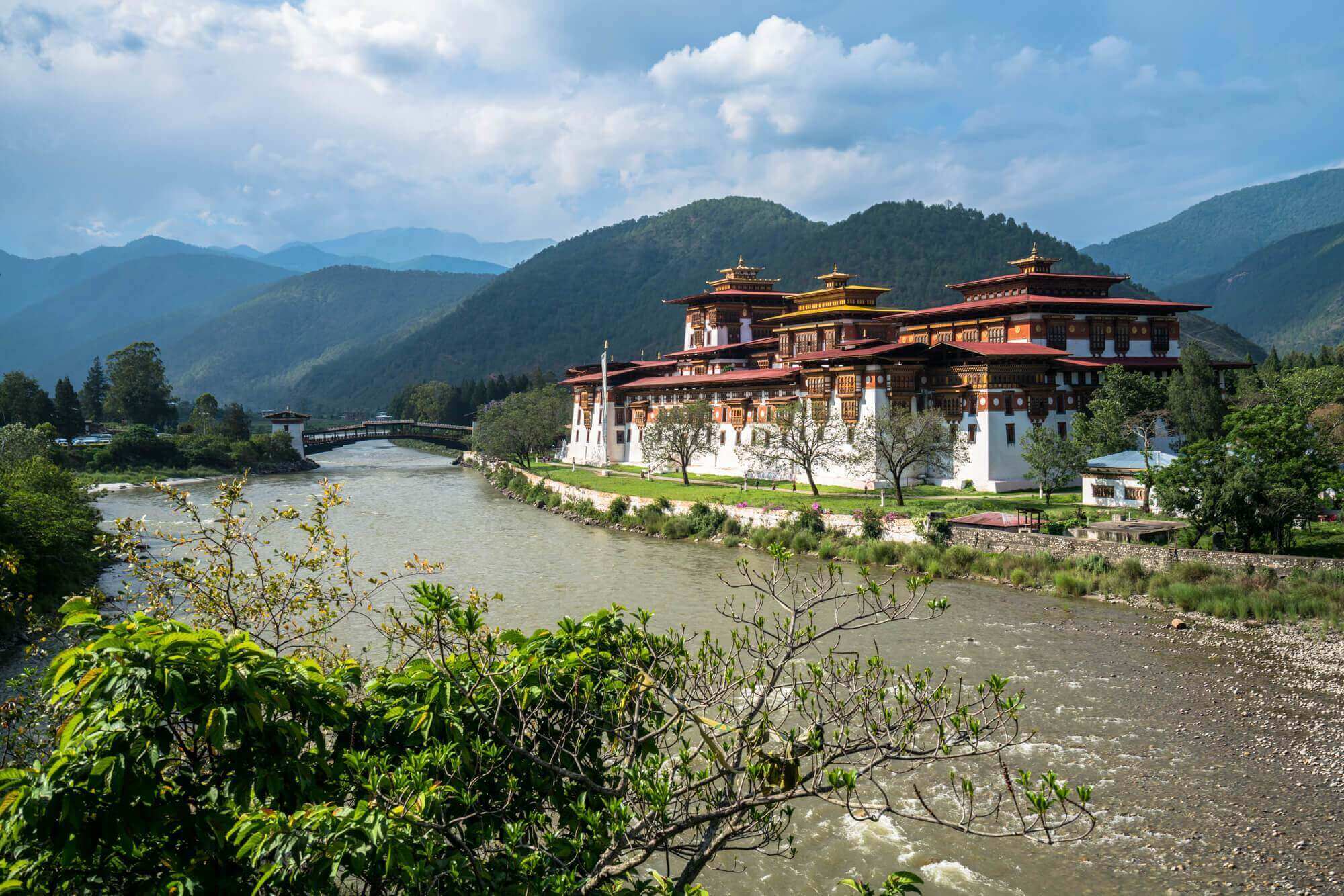
Paro, the mystical gem nestled in the heart of Bhutan, has a transformative power, turning visitors into philosophers, hermits, and candles, lost in its mesmerizing charm. Each glimpse of Paro evokes a visceral response, leaving an indelible desire to explore every corner of this quaint town.
Paro is like a blank canvas, waiting for travelers to paint its identity with vibrant hues. As travelers traverse its roads, they encounter a tapestry of sights – from beautiful farmhouses to forested hillsides and tranquil paddy fields.
With an array of attractions, Paro ensures that visitors are never short of places to explore. It offers a serene escape from the hustle and bustle of city life, allowing travelers to immerse themselves in its tranquility.
Paro beckons you to include it in your journey of discovery, and here’s a curated list of the top 10 must-visit attractions:
1. Tiger’s Nest Temple/Monastery
2. Weekend Market of Paro
3. Paa Chhu River
4. Kyichu Lhakhang
5. Chele La Pass
6. Paro Farmhouses
7. Dobji Dzong
8. Paro International Airport
9. Jangtsa Dumtseg Lhakhang
Each destination in Paro offers a unique experience, adding depth to your exploration. Let Paro be an integral part of your mesmerizing journey through Bhutan.
1.Tiger’s Nest Temple – Seat of Mysticism

Paro, the picturesque town cradled in the heart of Bhutan, unfolds a captivating journey through its Buddhist monasteries and cultural wonders. Among them stands the majestic Tiger’s Nest Temple, perched like a crown on a mountain cliff, offering a glimpse into Bhutan’s spiritual history. Built in 1692 by Gyalse Tenzin Rabgye, the temple holds the mystical aura of Guru Rimpoche, who meditated here for three years, riding on the back of a flying tigress.
Destroyed by fire in 1998 and later restored in 2005, Tiger’s Nest Temple epitomizes mysticism, picturesque landscapes, and ancient Buddhist culture. A hike to this sacred site, considered one of the best things to do in Paro, unveils a maze of paths adorned with prayer banners, leading to a sanctuary of serenity.
Best Time to Visit: September to November offers clear skies and pleasant weather, providing an ideal backdrop for a spiritual journey.
2.Weekend Market of Paro – A Vibrant Tapestry of Tradition

The Weekend Market of Paro, with its tranquil yet delightfully chaotic ambiance, beckons visitors to experience a colorful blend of Bhutanese culture. Echoing with regional artifacts and Bhutanese stamps, the market is a treasure trove of traditional treasures like handcrafted prayer wheels, Kira and Gho (Bhutanese dress), and juniper incense.
Don’t Miss: Indulge in Bhutanese delicacies like Khoo (local snack) and explore unique local products such as Tsirang Honey and fermented moldy cheese called Zeodey.
A visit to the Weekend Market is not just shopping; it’s an immersion into the cultural heritage of Bhutan.
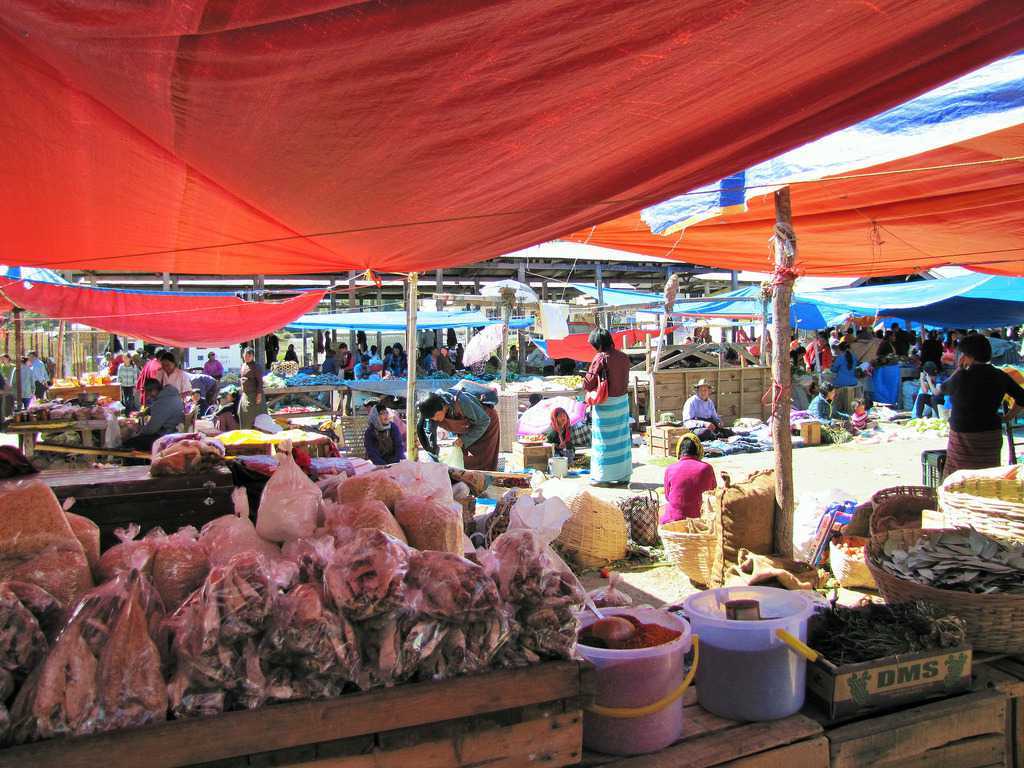
3.Paa Chhu River – Tranquil Waters in the Lap of Nature
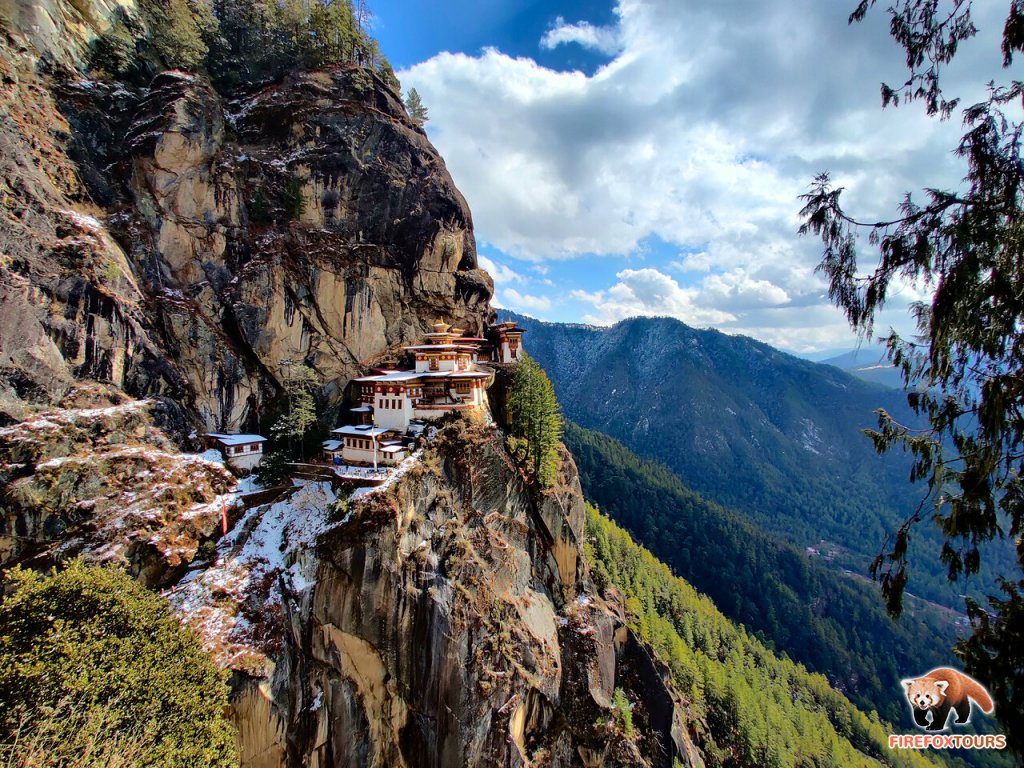
The Paa Chhu River, winding through the serene landscapes of Paro, offers a peaceful retreat. Amidst the tranquility and beauty, the river provides opportunities for adventure sports and a glimpse into Bhutanese beliefs, marked by Chorten (Buddhist shrine) at its confluence with Mo Chhu River.
For Adventurers: Kayaking and river rafting are thrilling experiences organized by tour companies.
The pristine waters of Paa Chhu make it an ideal spot for sightseeing in Paro, providing solace to the mind and soul.
4. Kyichu Lhakhang – Historical Marvels and Spiritual Sanctuary
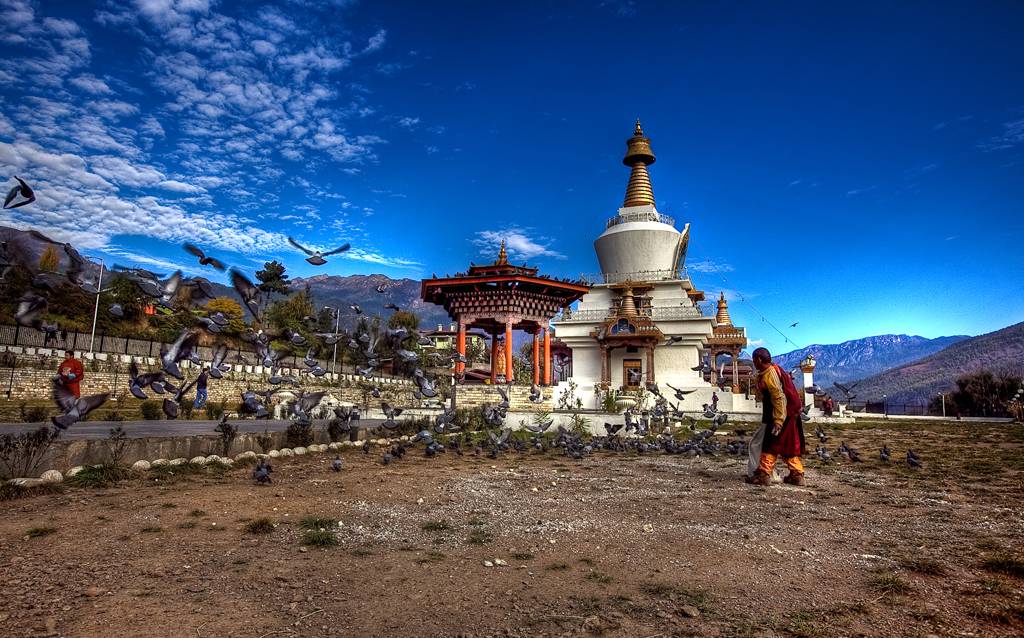
Kyichu Lhakhang, a historical wonder, takes you back to the 7th century when King Songtsen Gampo introduced Buddhism to Bhutan. Legend has it that Guru Rimpoche mediated here to defeat an ogress, leaving behind an intricate temple.
Must-See: Marvel at the sacred sculpture of Jowo Lhakhang and the 11-headed, 1000-armed Chenreizig.
Kyichu Lhakhang is a spiritual haven, a testament to Bhutan’s rich heritage.
5. Chele La Pass – A Cup of Bliss at the Highest Motorable Road
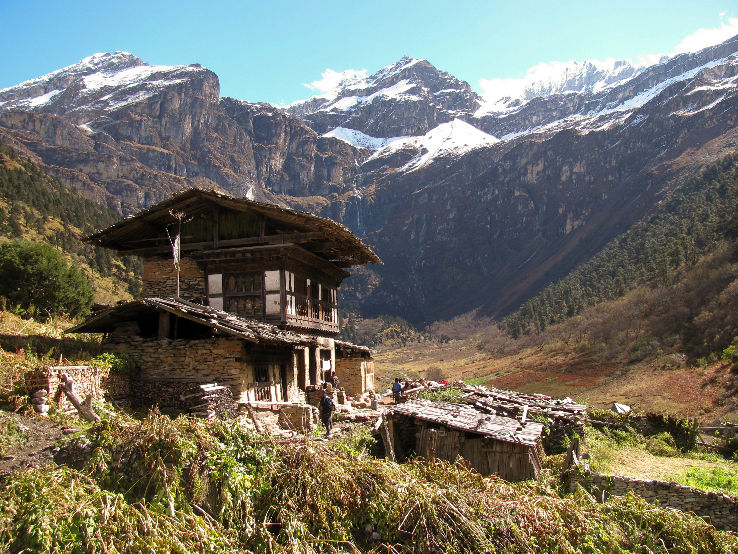
Tucked between Haa and Paro Valleys, Chele La Pass stands as the highest motorable road in Bhutan, offering panoramic views of Mt Jamolhari and Tsherimgang Mountains. In winter, the pass is adorned with snow, creating a stunning landscape.
For Nature Lovers: Explore the unique white poppy and enjoy a picnic in the picturesque surroundings.
Chele La Pass is not just a journey; it’s an exquisite experience of Bhutan’s natural beauty.
6. Paro Farmhouses – Cultural Retreat in Traditional Abodes
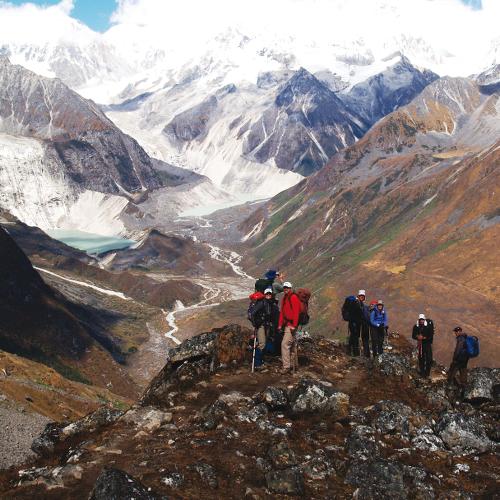
Paro’s Bhutanese farmhouses, resembling monasteries and dzongs, provide a delightful combination of simplicity and beauty. Living in these traditional houses immerses visitors in Bhutanese culture, offering a budget-friendly and cultural accommodation option.
Unique Experiences:
Enjoy traditional Bhutanese delicacies, hot-stone baths, and a retreat into apple orchards and rice fields.
Paro farmhouses are not just places to stay; they are gateways to Bhutanese cultural heritage.
7. Dobji Dzong – Tranquil Hub of Spirituality

Built in 1531, Dobji Dzong is a spiritual landmark associated with the Drukpa Kagyud teachings. Despite its faint grandeur, the dzong carries the echoes of Bhutan’s religious history.
Spiritual Pilgrimage: Seek the holy water, Drupchu, believed to have great spiritual power.
Dobji Dzong offers a peaceful retreat into the depths of Bhutanese spirituality.
8. Paro International Airport – Where Air Meets Majesty
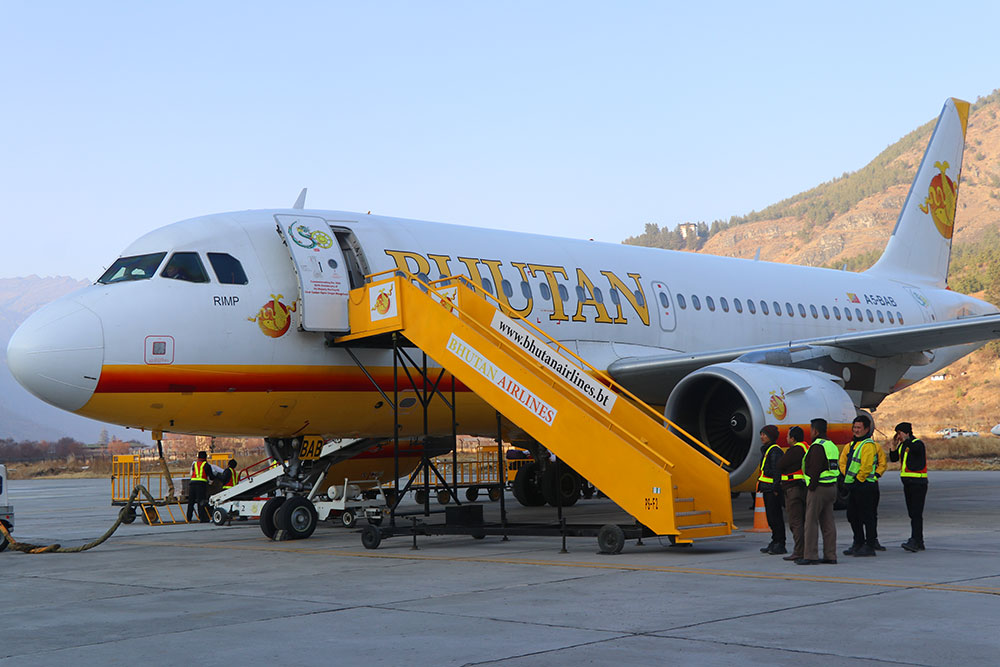
Paro International Airport, Bhutan’s only international airport, stands as a marvel amid the jagged mountain peaks. Surrounded by breathtaking views, landing here is an exhilarating experience for select certified pilots.
Thrill Seekers: The flight journey provides unmatched views of snow-brushed mountainside houses and the meandering Paa Chu River.
just an entry point; it’s a gateway to the untouched charm of the valley.
9. Jangtsa Dumtseg Lhakhang – A Visceral Retreat
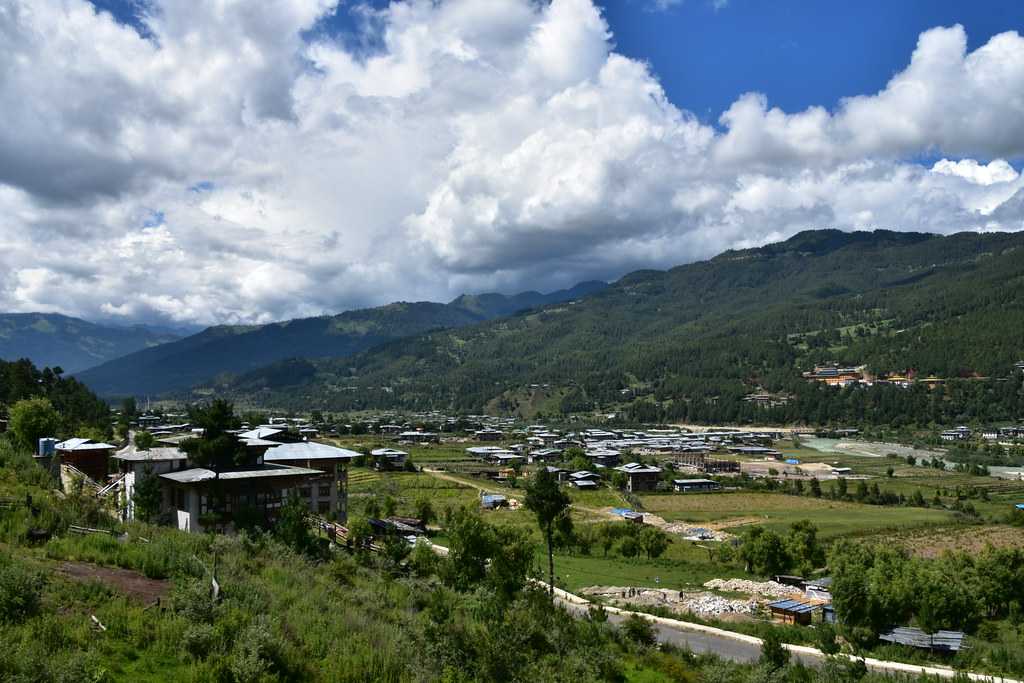
Tucked between Paro and Dopchari valley, Jangtsa Dumtseg Lhakhang stands as a unique chorten-shaped monastery. Surrounded by mystical legends and folktales, this charming site offers a thoughtful escape.
Inside the Monastery:
Explore Buddhist paintings, iconography, and feel the spiritual vibes of the sacred deities.
Jangtsa Dumtseg Lhakhang is a visceral yet contemplative addition to your Paro journey.
Housed in the ancient watchtower, the National Museum of Bhutan showcases the rich cultural and natural heritage of the country. With artifacts, trophies, and modern conservation techniques, the museum provides a contrast of magic and technology.

